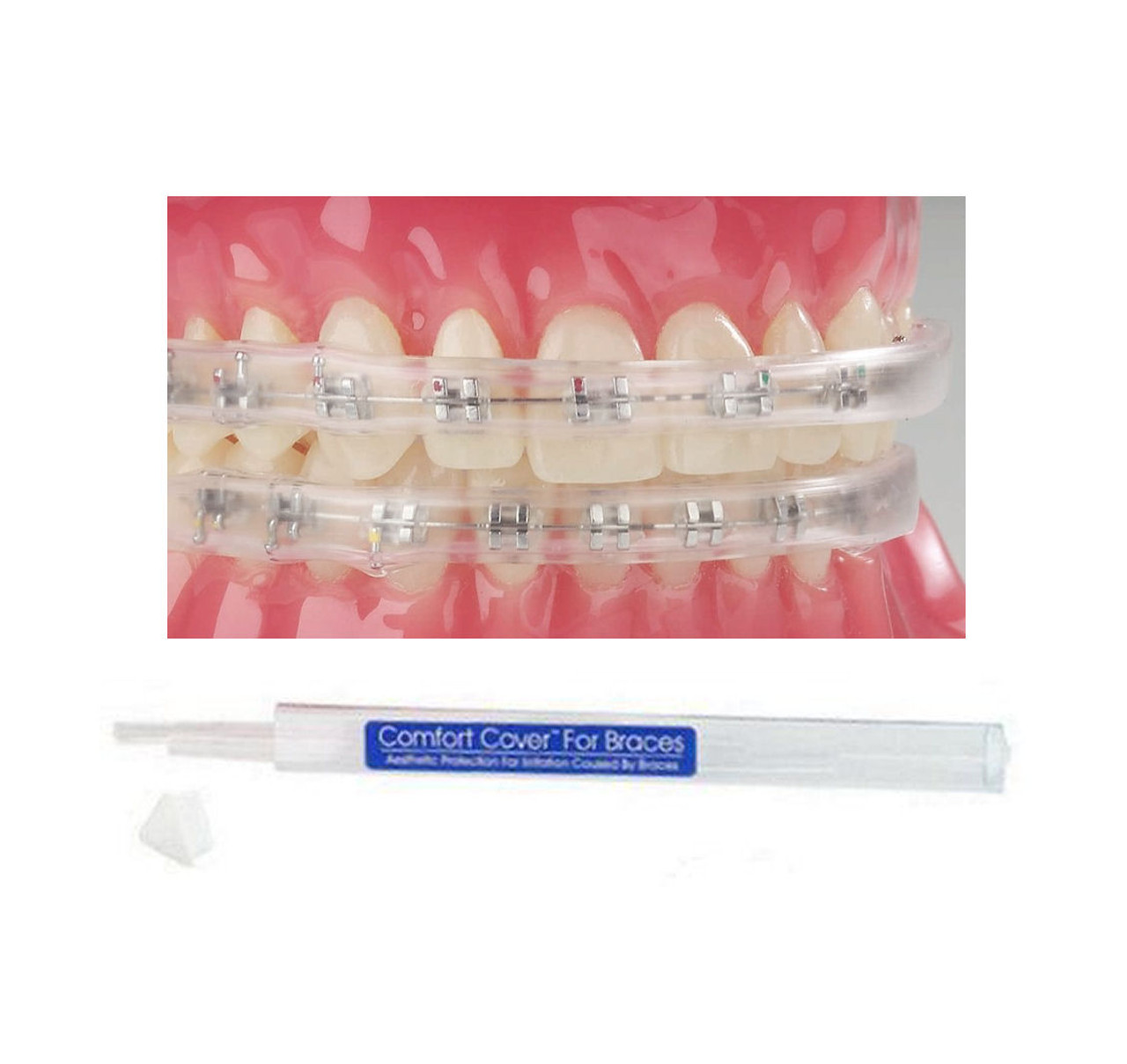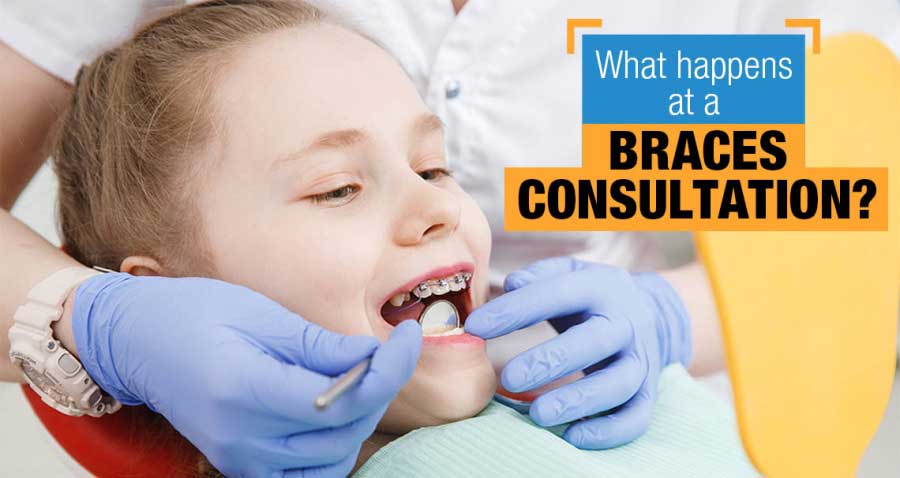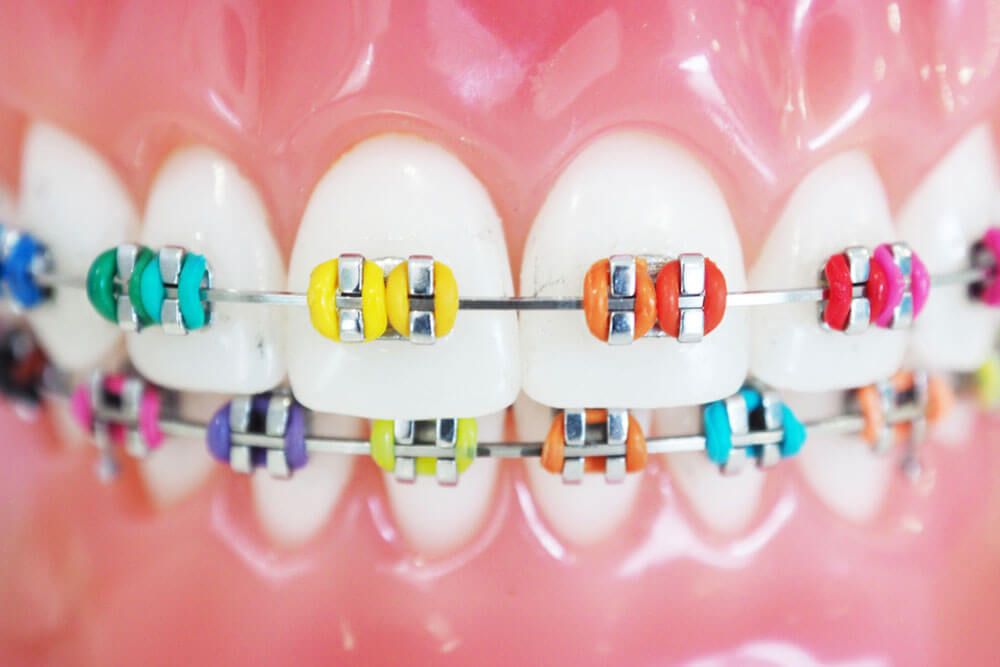Comprehensive Overview to Orthodontics Procedures for Fixing Oral Imbalances
Recognizing the details of each treatment, including their devices, benefits, and prospective disadvantages, is important in making informed choices concerning one's orthodontic treatment. As we navigate via the extensive guide to orthodontic treatments for correcting oral imbalances, the intricate information of each technique will certainly unravel, dropping light on the course towards a harmonious and functional oral positioning.
Orthodontic Procedures Overview

Routine modifications and monitoring are vital parts of orthodontic therapy to ensure development is on track and to make any type of required alterations along the means. By going through orthodontic procedures, patients can not only attain a straighter grin yet additionally boost their overall dental wellness and feature.
Standard Dental Braces: How They Work
When taking into consideration orthodontic therapies for dental misalignments, typical dental braces stick out as a time-tested technique for fixing teeth positioning. Standard braces consist of braces, cords, and bands that interact to apply continuous stress on the teeth, gradually relocating them right into the wanted alignment. The brackets are connected to the teeth utilizing a special adhesive, and the cords are threaded through the braces. By changing the tension of the cables, orthodontists can manage the instructions and force related to each tooth, directing them right into correct alignment in time.
As pressure is applied to the teeth with the dental braces, the bone bordering the teeth is improved to support the new tooth placements. People will certainly require routine modifications at the orthodontist's office to make certain the dental braces proceed to apply the proper stress for efficient teeth activity.
Unseen Aligners: Disadvantages and pros
These clear, customized trays are essentially undetectable when worn, making them an appealing alternative for individuals looking for a much more visually pleasing orthodontic treatment. Patients can get rid of the aligners before consuming or cleaning their teeth, lowering the threat of food getting stuck in the device and streamlining the cleaning process.

Surgical Orthodontic Options
Surgical interventions in orthodontics present practical alternatives for addressing intricate dental imbalances that might not be efficiently solved via standard orthodontic therapies. While undetectable aligners and typical braces can correct many orthodontic concerns, particular instances call for medical treatment to accomplish optimal outcomes. Surgical orthodontic options are generally suggested for serious malocclusions, significant jaw discrepancies, and cases where the underlying bone structure requires modification to achieve correct placement.
One typical medical orthodontic treatment is orthognathic surgical treatment, which involves repositioning the jaws to remedy practical problems such as problem chewing or speaking. This surgical procedure is typically performed in cooperation with an orthodontist that helps line up the teeth before and after the procedure. Surgical orthodontics may likewise entail procedures to subject influenced teeth, remove excess periodontal tissue, or improve the jawbone to develop a more harmonious face account.
Before taking into consideration medical orthodontic dental implant bridge choices, individuals undergo a detailed assessment to establish the need and prospective advantages of such treatments. cumming orthodontist. While surgery may appear daunting, it can considerably improve both the feature and visual appeals of the smile in instances where conventional orthodontic therapies fail
Retainers and Post-Treatment Care

Post-treatment treatment entails following the orthodontist's guidelines vigilantly. This may consist of correct oral health practices, participating in follow-up visits, and using the retainers as recommended. Failure to follow post-treatment treatment instructions can lead to relapse, where the teeth gradually return in the direction of their initial settings. Consistent retainer wear, good dental hygiene, and normal dental exams are necessary for preserving the outcomes achieved through orthodontic surgical treatment and making sure the long-lasting stability of the corrected dental alignment.
Final Thought
In verdict, orthodontic treatments offer various options for fixing oral misalignments. Surgical orthodontic options are available for extra severe imbalances. On the whole, orthodontic treatments Check Out Your URL can efficiently enhance dental wellness and aesthetic look.
As we navigate via the comprehensive guide to orthodontic treatments for fixing oral imbalances, the complex details of each method will certainly unravel, dropping light on the course toward a harmonious and functional oral placement. - orthodontist
One of the most typical orthodontic treatments is the usage of braces, which consist of metal braces and cables that use gentle stress to progressively change teeth into the wanted position.When taking into consideration orthodontic treatments for dental imbalances, conventional dental braces stand out as a time-tested approach for remedying teeth placing. Furthermore, unseen aligners might not be appropriate for complicated orthodontic concerns that need even more substantial teeth motion, as they are normally recommended for mild to moderate cases. Retainers are custom-made orthodontic tools developed to hold teeth in their dealt with settings after the completion of orthodontic treatment.